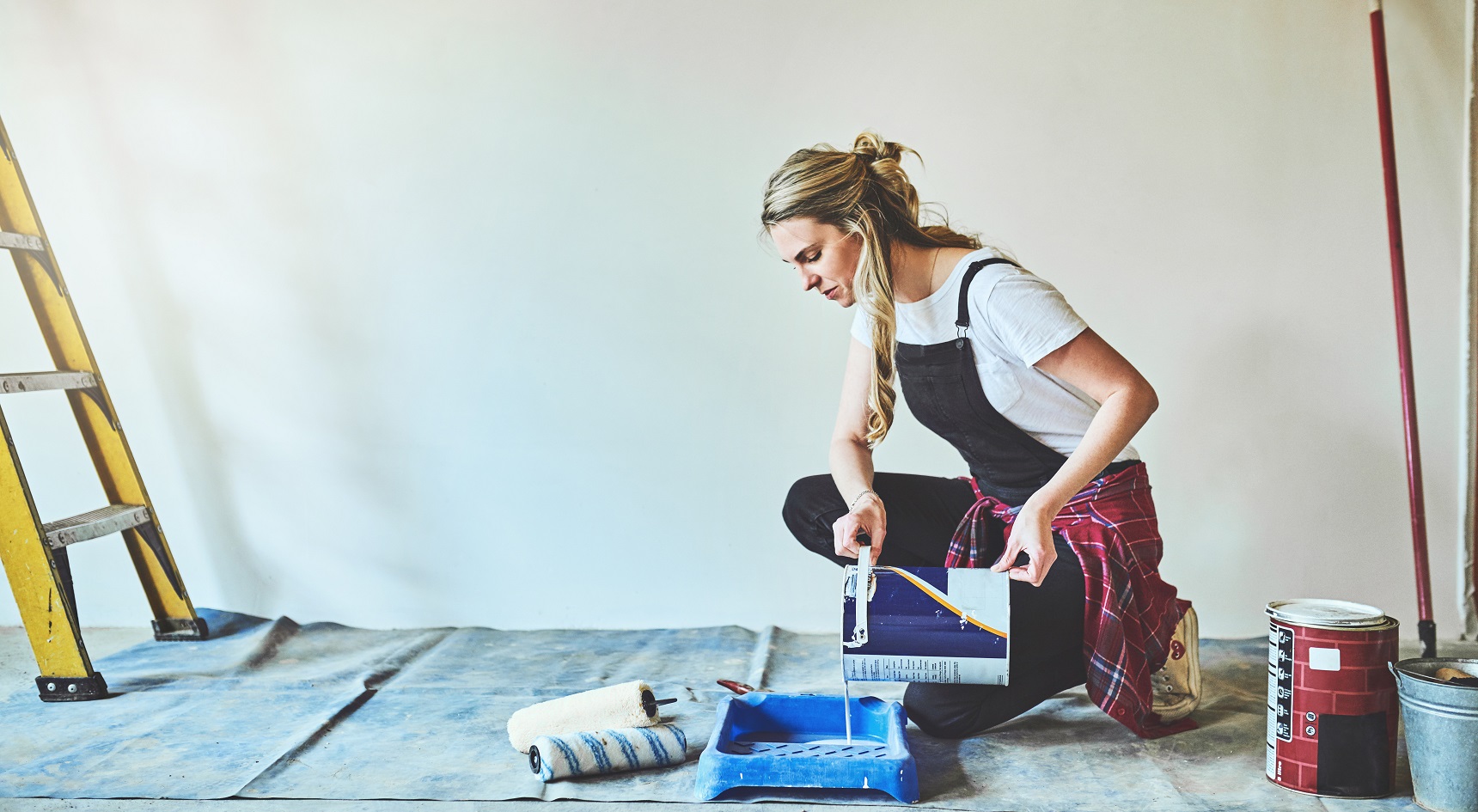How to get your house ready for sale (without major renos)

Forget knocking down walls, smashing out-dated bathroom tiles and ripping out old cupboards. Getting your humble abode ready for sale doesn’t have to be time-consuming or costly.
Turner Real Estate’s managing director, Lachlan Turner, reveals some of the simpler jobs you can do around the home to get you a step closer to selling, stress-free.
1. Skip major renovations
There’s unnecessary pressure to get a home looking pristine before it hits the market. Here’s a secret: it doesn’t have to be perfect. In fact, the old adage best describes the attitude sellers should have: ‘If it ain’t broke, don’t fix it.’
“If your property is a 1960s original, leave it like that because buyers often see value in originality,” Mr Turner says.
People will buy originality, but they won’t buy problems. They really put an obstacle in the path of the buyer moving forward with a sale.
That said, fix any structural issues in the home. A roof that’s about to collapse is sure to make an impression, but it’s probably not the best (or safest) way to get a buyer’s attention.
Sort out problems such as rotting wooden beams, dodgy doors or that leak causing a brown ring on the ceiling. If you stumble across any bigger jobs like these that a ‘quick fix’ won’t – well, fix – call RAA Trade Assist and take your pick from carpenters and plumbers, to sparkies and roof repairers, and more.
2. Work on your street appeal
Forget what you’ve heard: it really isn’t always what’s on the inside that counts. Your home’s façade is another focal selling point.
“Getting your house ready for sale often starts from the outside-in,” Mr Turner says.
“Buyers will look to see if the garden is easy to maintain and, surprisingly, some often base their buying decision solely on that,” he adds.
That said, you don’t need a white picket fence or lush, top-of-the-range artificial lawn to persuade potential buyers that ‘the grass is greener’ on your turf. Keep your outdoor space functional, as people spend most of their time entertaining and relaxing outside.

Strapped for cash? Here’s a home hack you may not know: many homeowners looking to sell their property hire outdoor furniture to temporarily replace outdated and dull fittings.
Some other simple DIY jobs include clearing leaf debris from the lawn, re-painting the veranda or fence, and even placing a pot plant or 2 at the entrance of the home to create a welcoming ambience.
If you need an extra pair of hands, RAA Trade Assist has painters, fence repairers, and trades which can offer general maintenance to help boost your home’s street appeal.
3. Freshen up with a lick of paint
Giving your walls a new coat of paint is a sure-fire way to spruce up a home which is looking more tired than you during pre-sale stress.
But there’s an art to painting (excuse the pun). What’s the best way to smooth gritty surfaces and avoid streaks? If you don’t fancy yourself as the next Picasso, enlist an RAA Trade Assist painter. Save a bit of cash and paint the interior walls yourself and leave the pro painters to take care of the trickier areas, such as the exterior and ceilings.

4. Declutter before cleaning
Chaotic mess. Well, that’s one way to describe home, and the world, right now.
Spending more time at home has given us the opportunity to tick off odd jobs around the home, but a major declutter probably hasn’t been on the cards.
Use your time at home to create a sense of space before arming yourself with the Glen 20. Keep the deep clean for later and, instead, tidy spaces you wouldn’t necessarily think people would look (we’re not talking about behind the fridge).
The aim is to strike a balance between clean and ‘lived-in’. Rather than deep clean every nook and cranny, tidy unsuspecting areas such as kitchen and linen cupboards, as well as bathroom cabinets. Here’s why: storage space sells homes.
“Storage may be a less glamourous selling point than a big backyard, but don’t underestimate its importance,” Mr Turner says.
“Ample storage in a home can seal the deal because people come with a lot of possessions. Buyers want to know that there’s enough space to live.”

